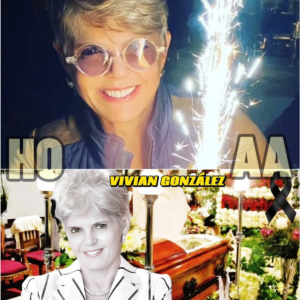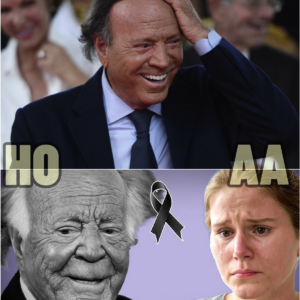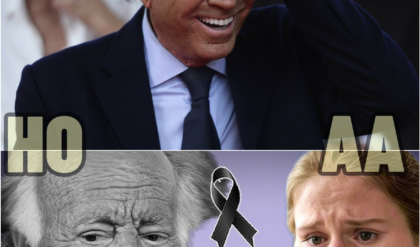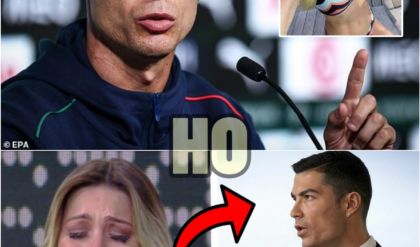Bolo Yeung Finally Revealed The SHOCKING TRUTH About Bruce Lee | HO
Bruce Lee, known as one of the greatest martial artists in history, continues to captivate us with his extraordinary skills and daring feats even today. His breathtaking stunts and incredible displays of strength were proof of his remarkable physical abilities. However, Bruce Lee possessed some mysterious secrets that were unknown to other martial arts actors of his time. What were these secrets of Bruce Lee? Join us on this fascinating journey, as Bolo Yeung reveals the shocking truth about Bruce Lee..

Bruce Lee, then Jackie Chan, and after Jackie, who’s next? Nobody. Bruce Lee, known as one of the greatest martial artists in history, continues to captivate us with his extraordinary skills and daring feats. Even today, his breathtaking stunts and incredible displays of strength are proof of his remarkable physical abilities. However, Bruce Lee possessed some mysterious secrets that were unknown to other martial arts actors of his time. What were these secrets of Bruce Lee? Join us on this fascinating journey as Bolo Yeung reveals the shocking truth about Bruce Lee: the rise of Bolo Yeung.
If you’re a millennial or part of Gen Z, chances are you might not be familiar with Bolo Yeung. But if you love classic action and martial arts movies, then Bolo Yeung’s name might ring a bell. Young, better known as Bolo Yeung, entered the world on July 3rd, 1946, in the Chinese city of Guangzhou. Born to a local businessman and a housewife, at the tender age of four, Yeung developed a keen interest in kung fu. By the time he reached ten, he began practicing martial arts under the guidance of local masters.
Alongside his martial arts training, he also delved into acrobatics and weightlifting, displaying a natural talent for strength training. Yeung’s dedication and hard work paid off when he became the champion of China in powerlifting, showcasing his prowess in combining martial arts with strength training. Despite common misconceptions, he never achieved champion status in Shotokan karate, nor did he practice this particular martial art.
During the stormy mid-60s, amidst popular uprisings and revolutions, the young man made a daring escape from communist China to Hong Kong, swimming across treacherous waters and seeking refuge in a land of opportunity. Despite having only his martial arts skills to rely on, Yeung sought employment diligently. After an exhaustive search, the 21-year-old athletic young man found work as a bodybuilding trainer in one of Hong Kong’s gyms.
His impressive physique, particularly his well-developed chest, caught the eye of his employers. For the next four years, Yeung dedicated himself to training both himself and others while honing his martial arts skills. In addition to Tai Chi, he also immersed himself in the study of karate and Muay Thai. His relentless dedication to weight training carved his body into a masterpiece of strength and agility.
His remarkable physical feats, including a deadlift record of 350 kg and a bench press record of 172 kg, alongside biceps measuring 45 to 46 cm, did not go unnoticed. Soon, Yeung caught the attention of an agent from Shaw Brothers Studio, the largest film production company in Hong Kong. Bolo Yeung received an offer to play a small role in a movie, the action film “The Wandering Swordsman,” which became his introduction to the world of cinema in 1970 at the age of 23.
Alongside his budding acting career, Bolo Yeung also clinched the prestigious Mr. Hong Kong title at the bodybuilding championship, maintaining his reign for an impressive nine years. Despite his success, Bolo Yeung found himself typecast as a villain in 14 more movies, including the action-packed “Five Fingers of Death.” This was due to his imposing appearance, which stood out as unusual for a Chinese actor.
Despite making some progress in the acting world, Bolo faced numerous challenges. This was a time of intense competition in the film industry, where perseverance and talent were crucial for success. Adding to his struggles was the significant language barrier. Being Chinese, Bolo had to navigate through language and cultural differences in Hong Kong. However, drawing from his martial arts and bodybuilding background, he understood the value of hard work and determination.
Moreover, Bolo garnered much acclaim for his ability to infuse depth into his role beyond mere physicality. His portrayals of villains showcased them as adaptable characters, sometimes even eliciting empathy from the audience. Through his physical expressions, Bolo conveyed a wide range of emotions, adding layers of complexity to characters typically seen as enemies to the film’s protagonists. Rather than being mere obstacles for the heroes, his villainous characters became crucial to the storylines, often driving the plot forward and introducing interesting twists.
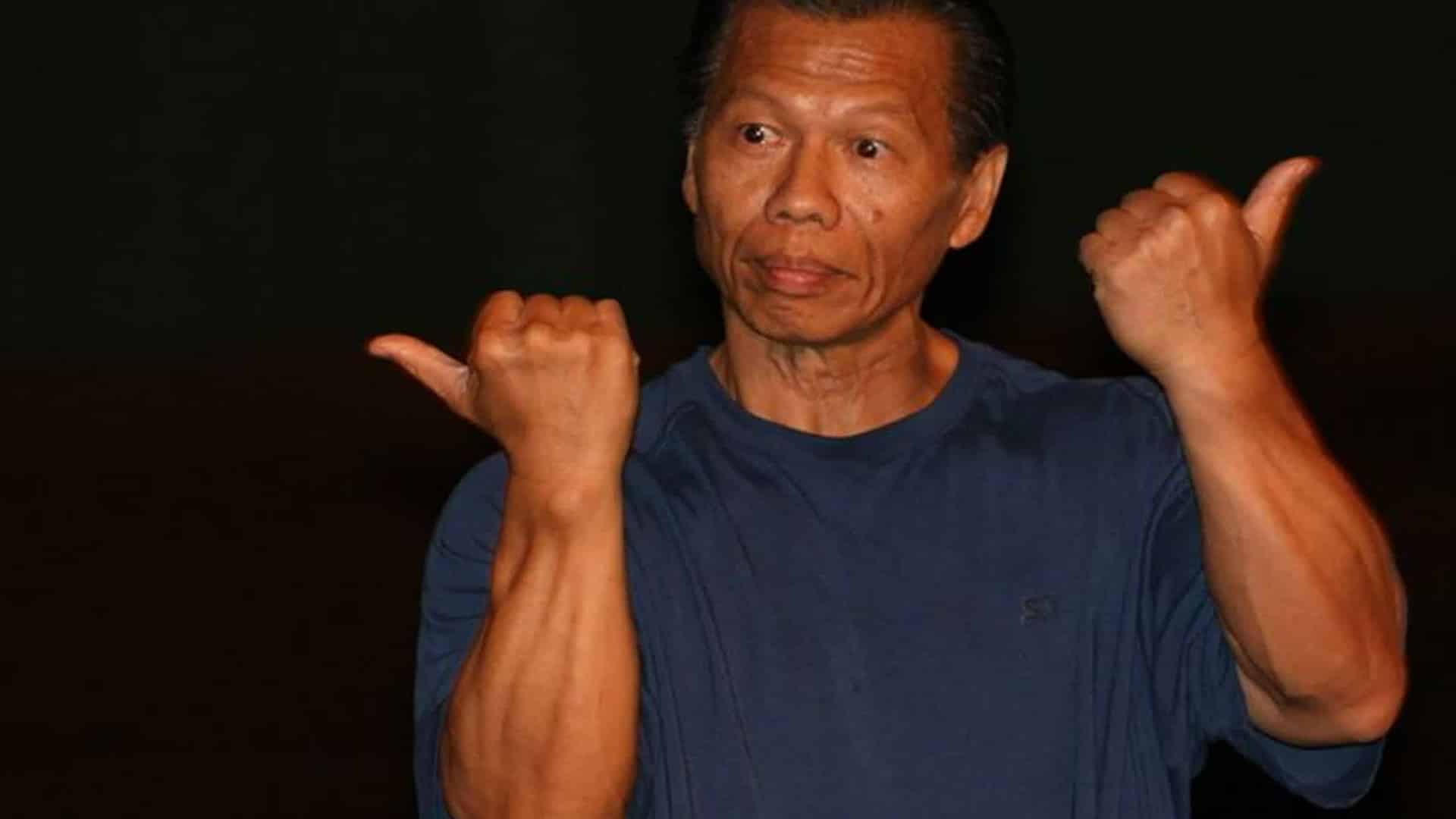
Additionally, Bolo’s impressive physique further enhanced his reputation in the film industry, solidifying his status as a standout talent. Collaborating with the Shaw Brothers opened doors for Bolo to team up with renowned talents across various aspects of filmmaking in Hong Kong, from directors to choreographers to fellow actors. He found himself surrounded by excellence, which helped him improve his acting skills and aim for greatness.
Bolo faced the challenge of working with diverse directors and adjusting to their unique filming techniques, which further honed his skills and versatility. From Shaw Brothers to becoming Bruce Lee’s sidekick, Bolo’s time with the Shaw Brothers left a lasting mark on martial arts movies, shaping his legacy and influence. He became a role model for aspiring actors and provided a blueprint for writers crafting intriguing villains.
His iconic characters contributed significantly to the growth of martial arts films as Hong Kong flourished with martial arts and film talent. Collaboration became inevitable. The chance encounter between Bolo Yeung and Bruce Lee happened in the early 1970s while filming “The Way of the Dragon,” sponsored by Winston cigarettes. It wasn’t just two martial artists crossing paths; it was a meeting of two powerful forces about to change martial arts cinema.
Lee, already a rising star, was fascinated by Yeung’s strong physique and martial arts skills. Seeing a fellow martial arts enthusiast, Lee didn’t just see Yeung as a potential on-screen opponent but as a partner who shared his love for martial arts and movies. Their friendship grew from mutual respect and admiration. Both were pioneers in popularizing martial arts worldwide, each bringing their own style and philosophy to the screen.
Their bond strengthened through shared experiences and a deep understanding of the dedication needed to succeed in martial arts. Their friendship wasn’t just about work; it was a meeting of minds and spirits. They trained together, exchanging techniques and ideas, pushing each other to new levels. Lee’s influence on Yeung went beyond martial arts, shaping his approach to cinema as well.
Their partnership wasn’t just about making movies; it was about pushing boundaries and leaving a lasting impact on martial arts cinema. The peak of Bolo Yeung’s partnership with Bruce Lee was reached with the 1973 movie “Enter the Dragon.” Lee, seeing Yeung’s talent, asked him to join the cast of what would become one of the greatest martial arts movies ever made.
“Enter the Dragon” skyrocketed to fame, earning its place as a legendary martial arts film. It follows the tale of a martial artist recruited by a spy agency to avenge his sister’s death by taking down a drug dealer’s gang in a ruthless island tournament. This movie changed martial arts cinema, dazzling audiences with its stunning choreography and captivating storyline.
Despite its modest budget of $850,000, “Enter the Dragon” raked in over $400 million, proving to be a monumental success. It’s fascinating to note that Bolo Yeung earned his iconic nickname, Bolo, from his role in this film, solidifying his place in cinematic history. Moreover, during the production of “Enter the Dragon,” Bolo and Bruce Lee’s bond got stronger, particularly in refining fight techniques and choreography.

This collaboration marked the only time Bolo Yeung shared the screen with Bruce Lee, leaving an indelible mark on his career. A journey from loss to stardom, Bruce Lee’s sudden passing in 1973 deeply affected Bolo Yeung. Lee wasn’t just a friend and colleague; he was a source of inspiration and guidance in Yeung’s life. Despite the loss, Yeung was determined to carry on. The success of “Enter the Dragon” opened doors for him in Hollywood, earning him recognition on a global scale.
Yeung’s transition to Hollywood showcased his adaptability and talent. He brought his unique blend of Eastern and Western martial arts styles to the Western cinema, leaving a lasting impact. The partnership between Bolo Yeung and Bruce Lee left a significant mark on both their careers and the martial arts film genre.
Young’s rise to international fame was solidified with his iconic role in the 1988 martial arts film “Bloodsport.” His performance in “Bloodsport” was absolutely stunning. He played the role of Chong Li with such intensity and charm that it left audiences electrified. His portrayal of Chong Li was both threatening and captivating, making him a memorable and formidable opponent for the film’s hero portrayed by Jean-Claude Van Damme.
The dynamic between Yeung and Van Damme was one of the film’s standout features. Their final showdown became a classic moment in Martial Arts Cinema, showcasing their incredible skills and chemistry on screen. “Bloodsport” wasn’t just a hit with audiences; it was a commercial success, grossing far more than its modest budget.
But perhaps the most significant impact of “Bloodsport” was on Yeung himself. The film catapulted him to international stardom, resonating with audiences worldwide and firmly establishing him as a prominent figure in action films. No longer confined to playing villains in Hong Kong martial arts movies, Yeung became a globally recognized actor known for his unique blend of physicality and on-screen intensity.
This newfound fame opened up a world of opportunities for Yeung in both Hollywood and international cinema. He wasn’t just a one-hit wonder; his talent and professionalism impressed Van Damme so much that he invited Yeung to co-star in his subsequent film, “Double Impact,” cementing their partnership and further showcasing their undeniable chemistry on screen.
In this movie, Yeung once again took on the role of a formidable antagonist, strengthening the professional and respectful bond between the two action stars. These collaborations weren’t just about sharing the screen; they represented a blending of martial arts styles and filmmaking approaches from both East and West.
After “Bloodsport” and “Double Impact,” Yeung continued to thrive in various roles. He used his fame to delve into different characters and film genres, showcasing his versatility as an actor. During this time, his roles ranged widely, but he consistently brought a powerful intensity and authenticity to each performance, whether portraying villains or more complex characters. Yeung’s acting displayed a remarkable range rooted in his background in martial arts and bodybuilding.
WATCH MORE DETAILS: Bolo Yeung Finally Revealed The SHOCKING TRUTH About Bruce Lee
News
¡ÚLTIMO MINUTO! VIVIAN GONZÁLEZ fue hallada SIN VIDA ¿se trata de una muerte natural o algo más? | HO
¡ÚLTIMO MINUTO! VIVIAN GONZÁLEZ fue hallada SIN VIDA ¿se trata de una muerte natural o algo más? | HO La comunidad latina y los fanáticos del reconocido programa Caso Cerrado están conmocionados tras la inesperada noticia: la doctora Vivian González,…
La Vida y El Trágico Final de Julio Iglesias – Su hija llora y confirma la triste noticia | HO
La Vida y El Trágico Final de Julio Iglesias – Su hija llora y confirma la triste noticia | HO Julio José Iglesias de la Cueva (Madrid, 23 de septiembre de 1943) es un cantante, compositor, músico, productor, exfutbolista, abogado…
PRESENTADORA RENATA FAN LLORA AL RECIBIR MENSAJE DE CRISTIANO RONALDO | HO
PRESENTADORA RENATA FAN LLORA AL RECIBIR MENSAJE DE CRISTIANO RONALDO | HO La presentadora Renata Fan se emocionó profundamente al recibir un mensaje sorprendente de uno de los mayores íconos del fútbol mundial, Cristiano Ronaldo. Durante una transmisión en vivo,…
JOVEN con CÁNCER deja en SHOCK a Simon Cowell con su EMOTIVA CANCIÓN en AGT 🎤💔 | HO
JOVEN con CÁNCER deja en SHOCK a Simon Cowell con su EMOTIVA CANCIÓN en AGT 🎤💔 | HO La música siempre ha tenido el poder de transmitir emociones profundas, pero pocas veces una presentación logra conmover tan profundamente a la…
EL PRECIOSO GESTO DE LEO MESSI QUE CAMBIÓ LA VIDA DE UNA EMPLEADA EMBARAZADA EN LA GASOLINERA | HO
EL PRECIOSO GESTO DE LEO MESSI QUE CAMBIÓ LA VIDA DE UNA EMPLEADA EMBARAZADA EN LA GASOLINERA | HO En un mundo donde las noticias sobre conflictos, desacuerdos y controversias abundan, actos de auténtica bondad suelen pasar desapercibidos. Pero a…
💥EXPLOTÁ SCALONI EN CONFERENCIA DE PRENSA🚨 ¡TRAS LA PREGUNTA POR MESSI Y YAMAL! | HO
💥EXPLOTÁ SCALONI EN CONFERENCIA DE PRENSA🚨 ¡TRAS LA PREGUNTA POR MESSI Y YAMAL! | HO En una conferencia de prensa que parecía tranquila en la previa del clásico sudamericano entre Argentina y Brasil por las Eliminatorias, Lionel Scaloni sorprendió a…
End of content
No more pages to load
